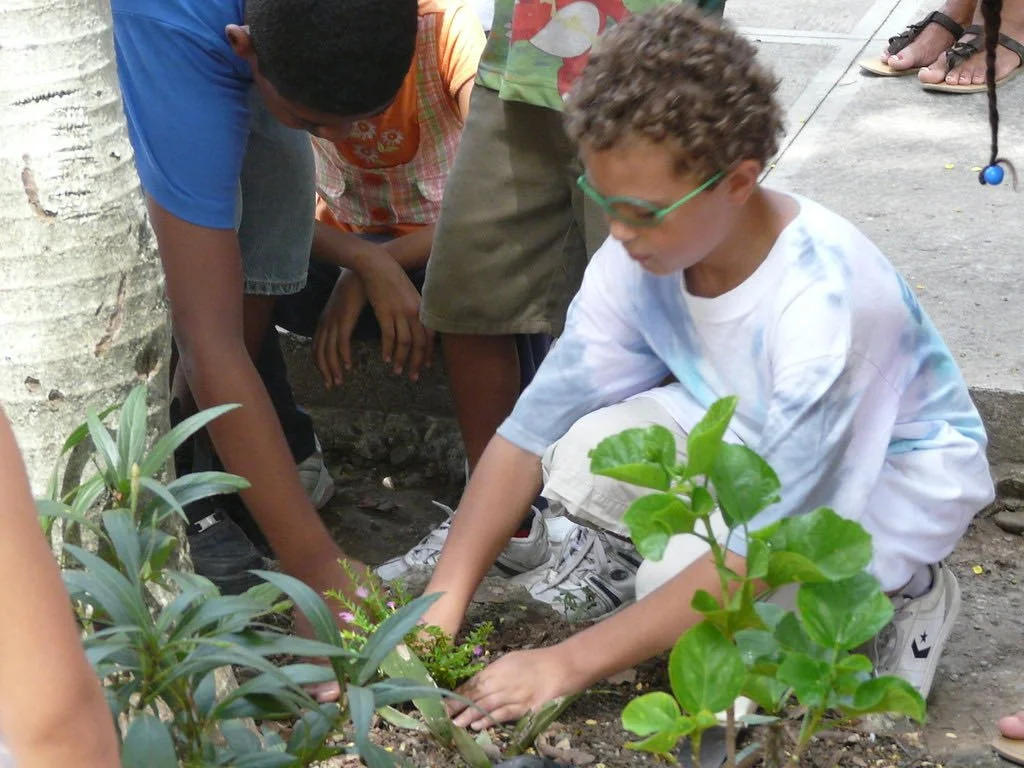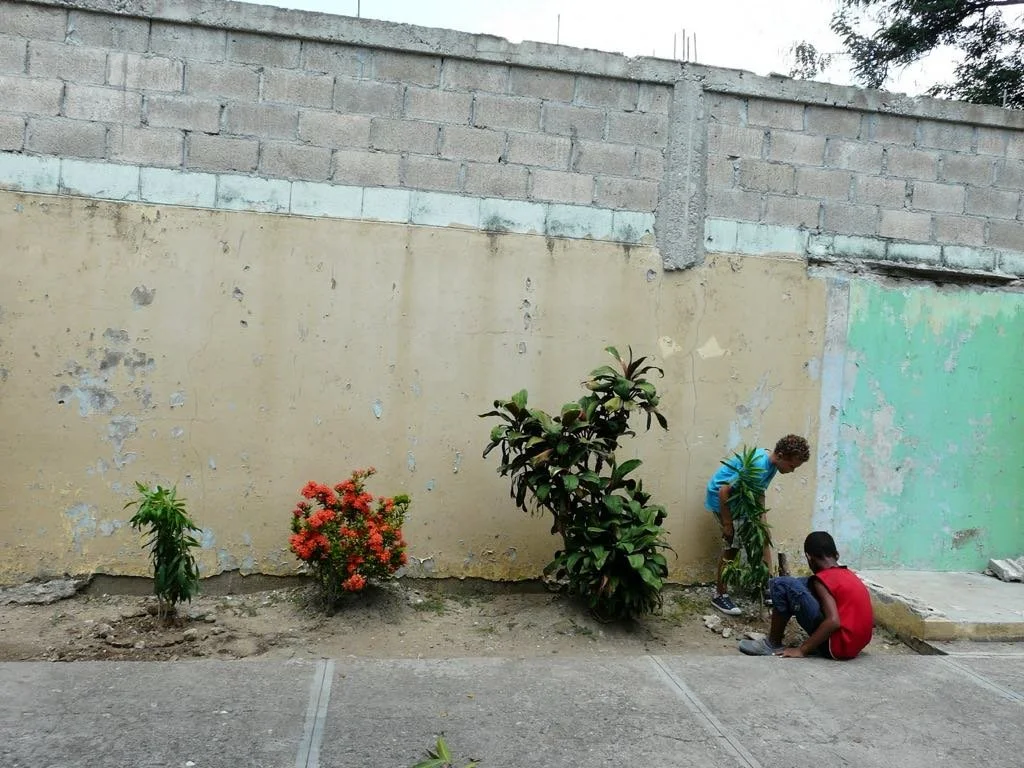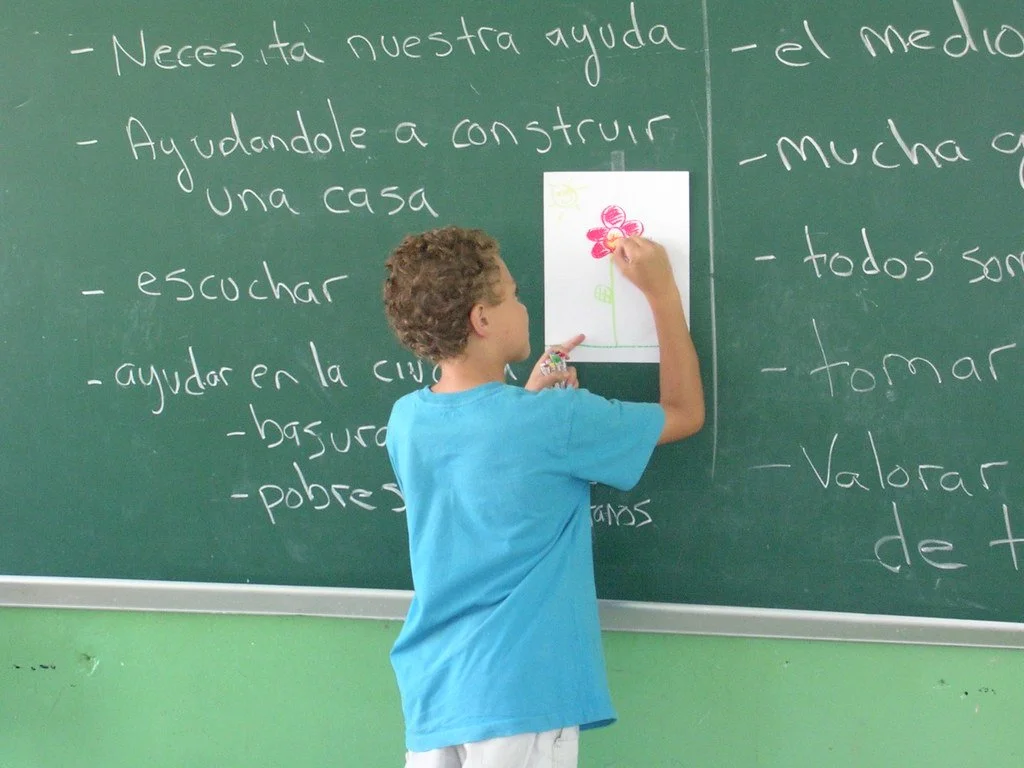
My Backstory
Roots and Wonder
I’ve always held a deep admiration for nature and an adventurous spirit that calls me to explore it. I grew up in the Boston area in a half-Dominican, half-Jewish family. Though they come from starkly different backgrounds, my parents are both adventurers and both teachers, and they passed a spirit of relentless exploration onto me. Growing up, I developed a love for being outdoors and especially for hiking, rock climbing, tree climbing, and tree hugging. I started to grow a love for science as well, as I found that it held all the keys to the secrets of the world around me.
Another quality I’m grateful to have inherited from my mom is empathy. Through participation in events like tree-planting for Mitzvah Day at my temple to distributing fruit trees through the non profit my parents founded to support my mom’s hometown in the Dominican Republic, my love of nature and sense of care merged into a passion for conservation.
As I move forward in my career, I draw strength from the undercurrents of nature, science, and empathy that have guided me since childhood and that I hope continue to water my roots for years to come.
Molecular Motivations
I entered college unsure of what I wanted to study. I choose Vassar College, a liberal arts school in the Hudson Valley, in part because it offered academic freedom. Eventually, I settled on biochemistry as it seemed to provide the most direct explanation for the questions I had always wondered about the world: Why do leaves change color in the fall? How do birds return to the same nesting spot after a year of migration? Why do we laugh?
I took my first environmental studies course around the same time the Intergovernmental Panel on Climate Change released its 2018 report, which proclaimed that in order to reduce global warming to 1.5°C above pre-industrial levels, carbon emissions would essentially have to dissipate by 2050. My perception of climate change transformed from a distant concern to an imminent threat. I decided to devote my career to climate mitigation and adaptation, and believed the best way for me to do so was through scientific research and the path through academia.
After graduation, I moved to California to work as a research assistant in a plant microbiology lab at Stanford University. I enjoyed the hands-on nature of lab work, but started itching for the outdoors and despairing from the distance between my work and its real-world impact. I realized that while I love science, I find the greatest fulfillment when it is connected with communities.
Research Investigations
For my senior thesis, I explored the impacts of climate-induced soil freezing on nutrient biogeochemistry.
For my independent project during my REU at Woods Hole Oceanographic Institution, I analyzed the relationship between water chemistry and the heavy metal composition of deep sea polymetallic nodules.
During my REU at the University of Michigan Biological Station, I investigated the resistance of the forest canopy to climate-induced disturbances.
Adaptation in Action
After stepping outside the lab, I began exploring where I fit within the world of conservation. I discovered that a great way to try on different hats in the field was through service with AmeriCorps. I seized the opportunity to become part of the inaugural cohort of the National Parks of Boston’s Climate Conservation Corps. While it was challenging at times to feel like we were building the plane while flying it, the position provided me with valuable experience in program design and development, on top of real agency in shaping our project work. It was deeply meaningful to identify areas of need within the park system related to climate and sustainability, create projects to address them, and see those projects through to completion over the course of the year. Through this experience, I got a taste of ecological restoration, energy efficiency improvements, and public engagement, and left the program feeling affirmed in my decision to step away from the lab.
When it was time for my next adventure, I decided to journey 100 miles up the coast to Maine, a place I hadn’t previously explored nearly as much as its spectacular wilderness deserves. I joined the Resilience Corps and was placed at the Gulf of Maine Research Institute as my host site. There, I oversaw the Coastal Flooding Community Science Project, an initiative aimed at enhancing community resilience to sea level rise across nearly 30 of Maine’s coastal municipalities. The position gave me experience leading trainings for volunteer community scientists of all ages, present on sea level rise science at conferences and libraries, and I discovered a home within the world of conservation for myself: science communication.
Now, I’ve built a strong foundation in project management and implementation, developing both the technical and creative skills needed to see ideas through from concept to impact. I’ve gained proficiency in tools like ArcGIS, Asana, Adobe InDesign, and Canva, and honed my ability to communicate project outcomes through a variety of formats, including articles, StoryMaps, blog posts, and zines. Moving forward, I hope to continue channeling my dedication to the environment into meaningful work that helps communities and ecosystems adapt and thrive in the face of climate change.






